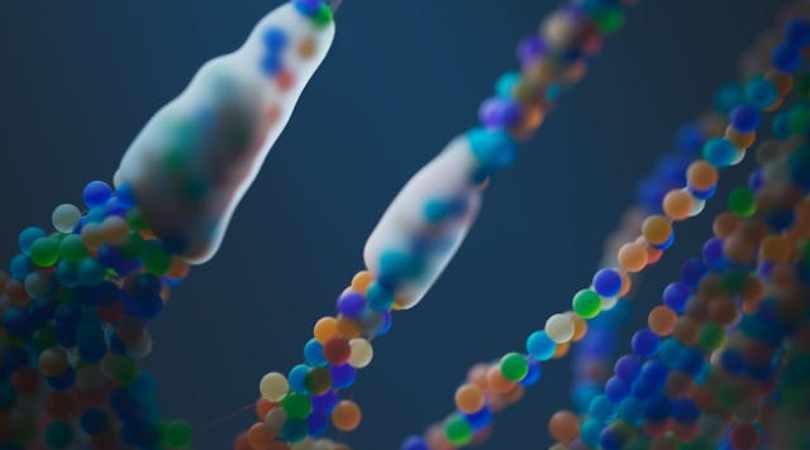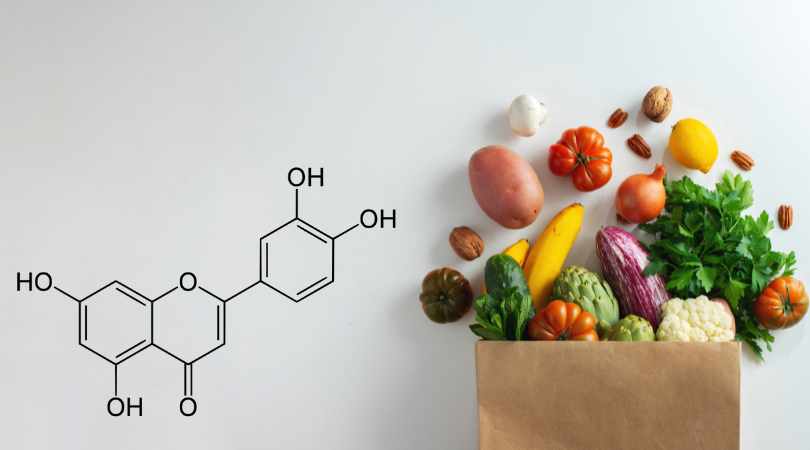Scientists have successfully restored the lost uricase enzyme, a key breakthrough in combating fructose-induced fat formation. This discovery offers new hope for preventing obesity and metabolic disorders by targeting how the body processes sugar and stores fat.
Limited Quantities Available! Order Today and Enjoy Free Shipping on Orders Over $100!
Dopamine
A neurotransmitter tied to reward and motivation—disrupted by fructose metabolism, leading to addictive food behavior and cravings.
Cravings Start in the Brain—But the Trigger Is Metabolic
Dopamine drives motivation and reward—but fructose metabolism may be what’s hijacking the system in the first place.
When cellular energy drops due to fructose-induced ATP depletion, the brain responds with increased dopamine signaling—driving cravings, impulsive eating, and compulsive reward-seeking. It’s not just about willpower. It’s a survival response to low energy availability at the cellular level.
SugarShield helps your body stay balanced by supporting mitochondrial function and reducing the energy crash caused by fructose metabolism. By addressing the root cause, it may help calm the feedback loop that throws your dopamine system out of sync.
What is Dopamine?
Dopamine is a key neurotransmitter in the brain's reward and motivation systems. It helps reinforce behaviors that bring pleasure or promote survival.
Sugar and Dopamine
Sugary foods, especially those high in fructose, cause a dopamine surge—creating strong associations between sweet taste and reward. Over time, this can:
- Desensitize dopamine receptors
- Increase compulsive eating
- Reduce motivation and pleasure
Fructose's Unique Role
Fructose affects dopamine differently than glucose. It:
- Triggers weaker satiety signals
- Promotes greater reward seeking
- Increases risk of habit formation and craving
This explains why many people feel addicted to sugar—even when they intellectually want to stop.
Protecting Dopamine Balance
By reducing the metabolic chaos caused by fructose—especially low ATP and high uric acid—we can restore healthier dopamine signaling.
LIV3's approach focuses on the biochemical roots of addictive food behavior, helping people regain control from the inside out."






